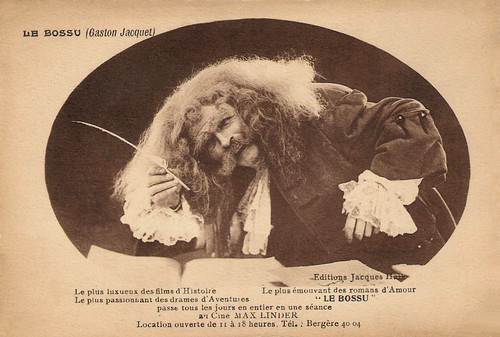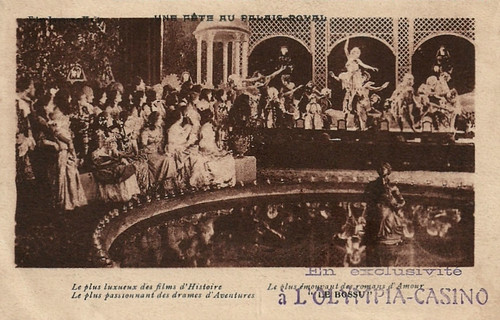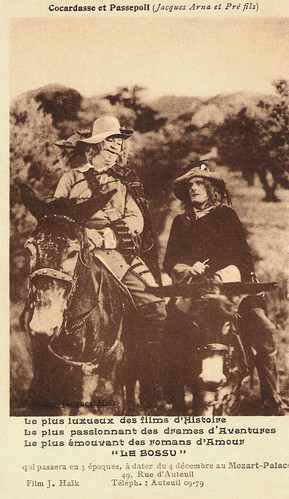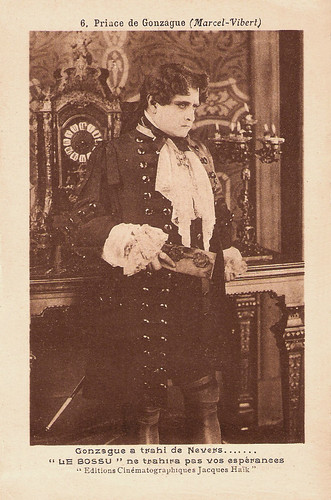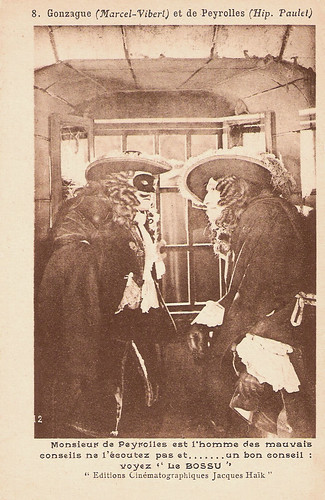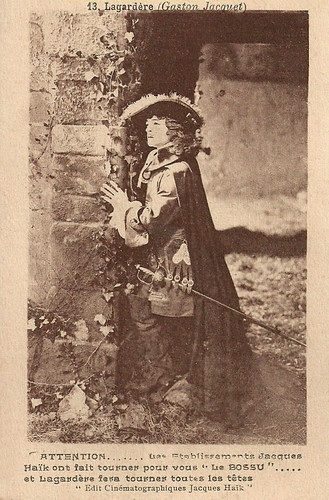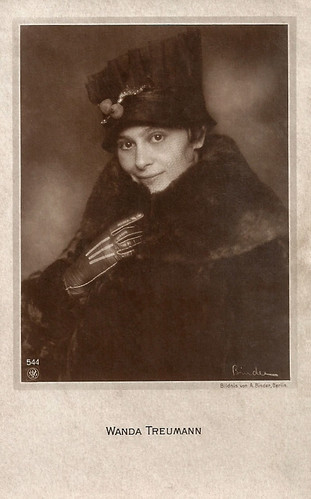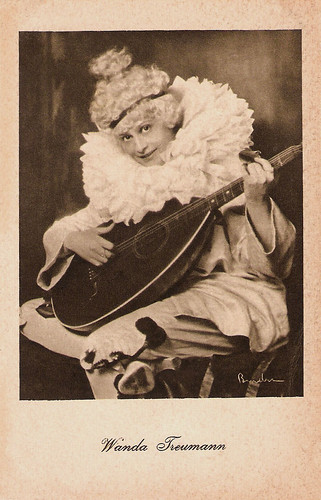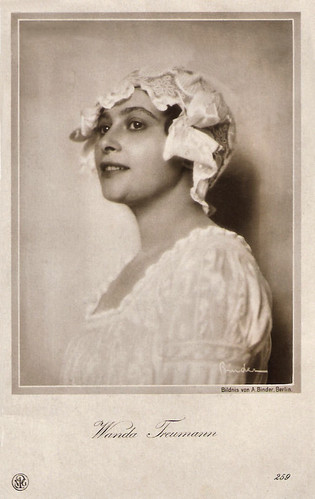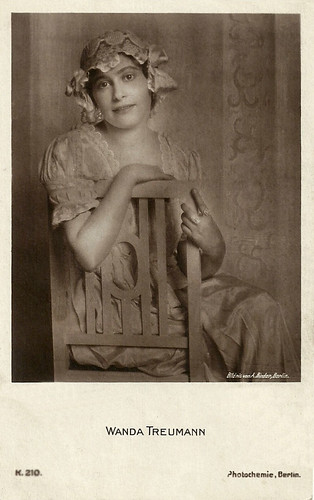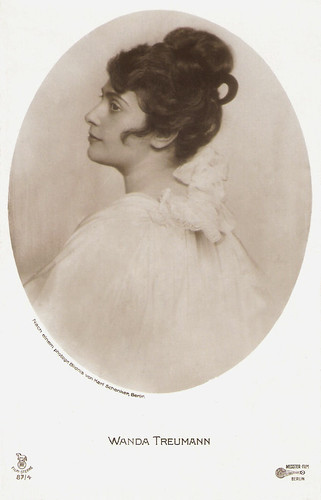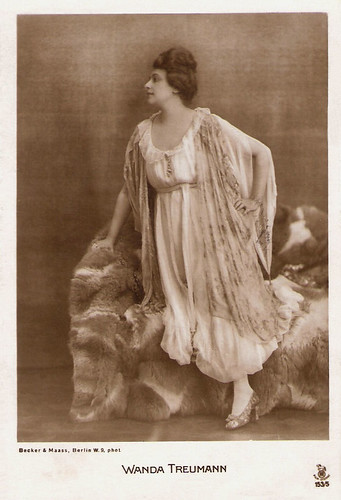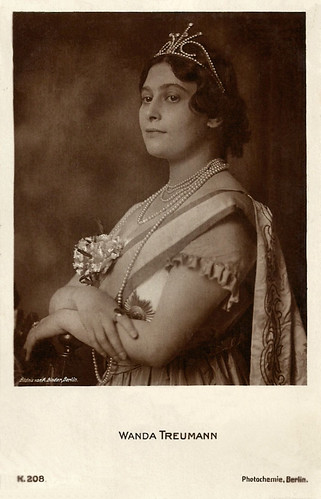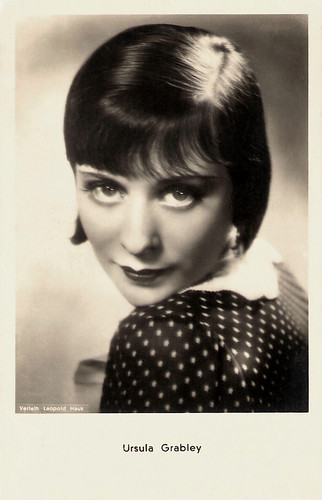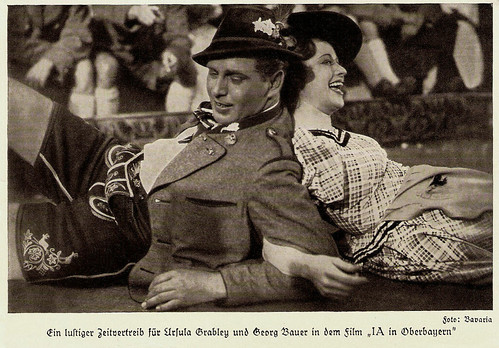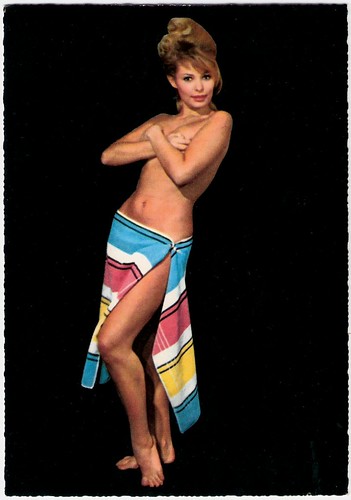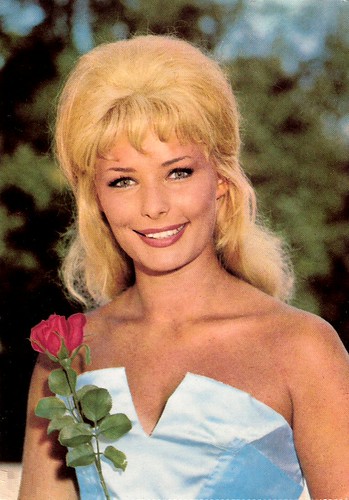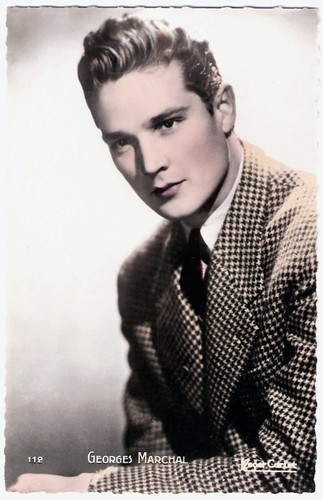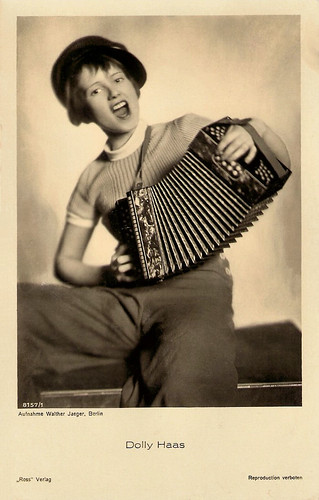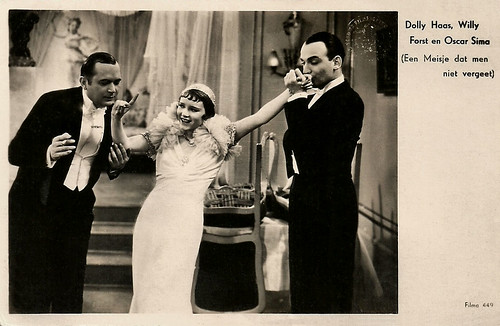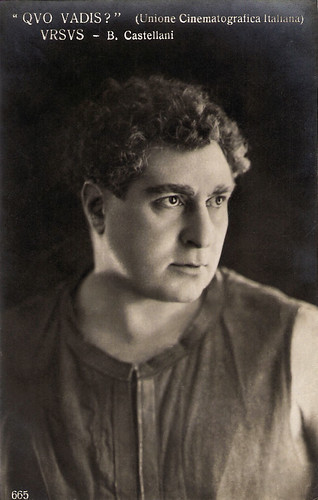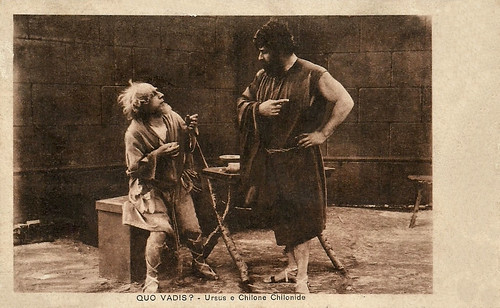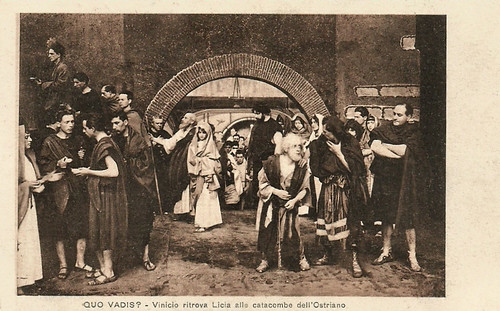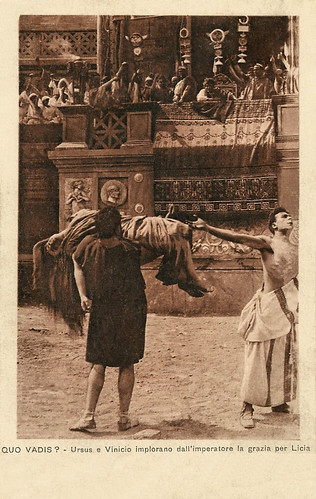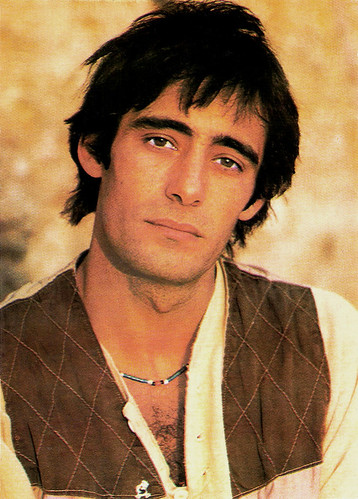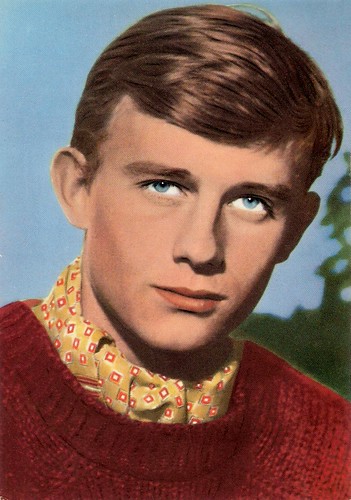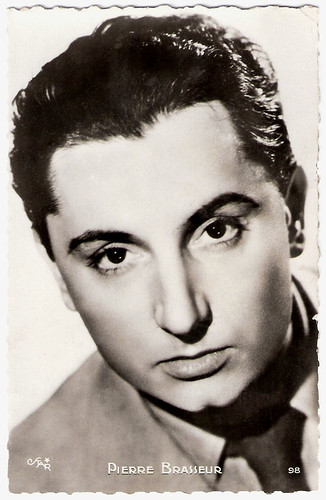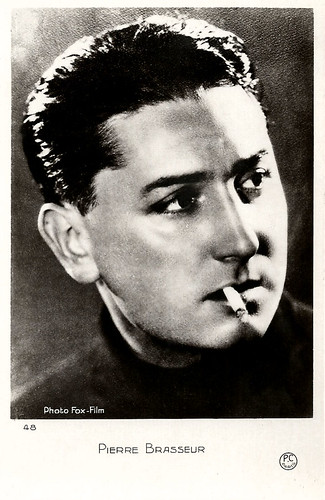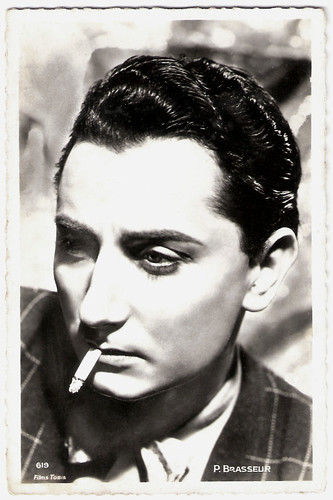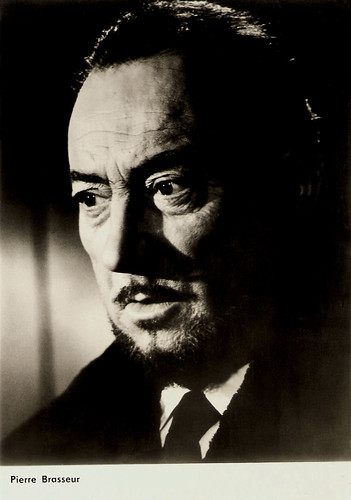Handsome French multi-talent Pierre Jourdan (1932 - 2007) was the less known younger brother of Hollywood star Louis Jourdan. He started out as a child actor in the 1940’s, but found his niche in the 1960’s as a a director, producer and sometimes editor of film and TV adaptations of operas and classic stage plays.
![Pierre Jourdan]()
French postcard by Editions E.C., Paris, no. 109. Photo: Vog.
Handsome Teenager
Pierre Jourdan was born as Pierre Gendre in Cannes, Alpes-Maritimes, France in 1932. he was a student of Alfred Corteau at l’Ecole Normale de Musique. As a boy, he made his film debut in La femme que j'ai le plus aimée/The Woman I've Loved Most (1942, Robert Vernay) starring Arletty. He had also small parts in films like Le mariage de Chiffon/The Wedding of Chiffon (1942, Claude Autant-Lara), Le Bienfaiteur/The Benefactor (1942, Henri Decoin) starring Raimu, and Untel père et fils/Immortal France (1943, Julien Duvivier) with Raimu and Michèle Morgan. The handsome teenager starred opposite Edwige Feuillère in Lucrèce (1943, Léo Joannon). After the war followed leading parts in films like Les maris de Léontine/Leontine's Husbands (1947, René Le Hénaff) and the crime film Mystère à Shanghai/Mystery in Shanghai (1950, Roger Blanc). In 1950 his his older brother Louis Jourdan, who had s successful Hollywood career, invited him to come to America. There he worked with director Joseph Mankiewicz and others, but life in the USA did not satisfy him and he returned to France. In the next years he played in the crime comedy Le crime du Bouif/The Crime of Bouif (1952, André Cerf) and had also small parts in two interesting films by director Claude Autant-Lara, Le rouge et le noir/The Red and the Black (1954) and Le Joueur/The Gambler (1958), but he never became a star like his brother. Pierre's career would take another direction.
![Pierre Jourdan]()
French postcard by Editions O.P, Paris, no. 196. Photo: Teddy Piaz.
Underplayed or Forgotten Operas
Pierre Jourdan was mainly a man of the theatre, whose career showed multiple facets. He made his stage debut in 1952 in the lead role of the operetta Trois Valses (Three Waltzes) at the théâtre de la Gaîté-Lyrique with Germaine Roger. He was engaged by George de Cuevas to produce new ballets and to discover new talent for his Grand Ballet du Marquis de Cuevas. He met Jean Cocteau with whom he created a grand ballet spectacle for the marriage of Grace Kelly and Rainier III, Prince of Monaco in 1956. He also became the assistant of Gabriel Dussurget, the director of the Aix-en-Provence Festival, an annual international music festival which takes place each summer in Aix-en-Provence, principally in the month of July. Devoted mainly to opera, it also includes concerts of orchestral, chamber, vocal and solo instrumental music. Between 1968 and 1977 Jourdan realised a dozen film and video adaptations of operas and classic stage plays, including Phèdre (1968) with Marie Bell, Norma (1974) starring Montserrat Caballé, and Aïda (1977). A highlight was his documentary I Am a Dancer (1972), which shows the dedication of ballet dancer Rudolf Nureyev by combining scenes of classroom warmup with segments of stunning performances in four ballets. In 1982 Jourdan collaborated with Peter Brook on La Tragédie de Carmen based on the opera of Georges Bizet. He also produced the series Le magicien d’Aix (1986, The Magician of Aix) about the history of the Aix-en-Provence Festival with Gabriel Dussurget and the major stage names that were discovered at Aix. In 1988 Jourdan founded the Théâtre Français de la Musique and L'association pour le Théâtre Impérial, promoting French operas that had been underplayed or forgotten. He also directed many TV films based on stage plays and operas, including Manon Lescaut (1990), Médée (1996) and Pelléas et Mélisande (1999). Pierre Jourdan died of cancer in Senlis, France, in 2007.
![Louis Jourdan]()
Louis Jourdan. French postcard by S.E.R.P., Paris, no. 39. Photo: Studio Harcourt.
Sources: Wikipedia, CITWF (Complete Index to World Film Since 1895) and IMDb. See also: http://www.theatre-imperial.com/. Thanks to Melanie Young (Msymsed@Flickr) for her research on Pierre Jourdan's date of birth!
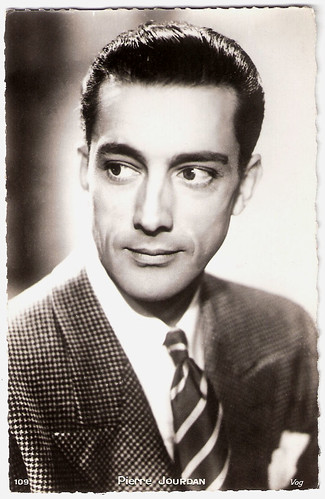
French postcard by Editions E.C., Paris, no. 109. Photo: Vog.
Handsome Teenager
Pierre Jourdan was born as Pierre Gendre in Cannes, Alpes-Maritimes, France in 1932. he was a student of Alfred Corteau at l’Ecole Normale de Musique. As a boy, he made his film debut in La femme que j'ai le plus aimée/The Woman I've Loved Most (1942, Robert Vernay) starring Arletty. He had also small parts in films like Le mariage de Chiffon/The Wedding of Chiffon (1942, Claude Autant-Lara), Le Bienfaiteur/The Benefactor (1942, Henri Decoin) starring Raimu, and Untel père et fils/Immortal France (1943, Julien Duvivier) with Raimu and Michèle Morgan. The handsome teenager starred opposite Edwige Feuillère in Lucrèce (1943, Léo Joannon). After the war followed leading parts in films like Les maris de Léontine/Leontine's Husbands (1947, René Le Hénaff) and the crime film Mystère à Shanghai/Mystery in Shanghai (1950, Roger Blanc). In 1950 his his older brother Louis Jourdan, who had s successful Hollywood career, invited him to come to America. There he worked with director Joseph Mankiewicz and others, but life in the USA did not satisfy him and he returned to France. In the next years he played in the crime comedy Le crime du Bouif/The Crime of Bouif (1952, André Cerf) and had also small parts in two interesting films by director Claude Autant-Lara, Le rouge et le noir/The Red and the Black (1954) and Le Joueur/The Gambler (1958), but he never became a star like his brother. Pierre's career would take another direction.

French postcard by Editions O.P, Paris, no. 196. Photo: Teddy Piaz.
Underplayed or Forgotten Operas
Pierre Jourdan was mainly a man of the theatre, whose career showed multiple facets. He made his stage debut in 1952 in the lead role of the operetta Trois Valses (Three Waltzes) at the théâtre de la Gaîté-Lyrique with Germaine Roger. He was engaged by George de Cuevas to produce new ballets and to discover new talent for his Grand Ballet du Marquis de Cuevas. He met Jean Cocteau with whom he created a grand ballet spectacle for the marriage of Grace Kelly and Rainier III, Prince of Monaco in 1956. He also became the assistant of Gabriel Dussurget, the director of the Aix-en-Provence Festival, an annual international music festival which takes place each summer in Aix-en-Provence, principally in the month of July. Devoted mainly to opera, it also includes concerts of orchestral, chamber, vocal and solo instrumental music. Between 1968 and 1977 Jourdan realised a dozen film and video adaptations of operas and classic stage plays, including Phèdre (1968) with Marie Bell, Norma (1974) starring Montserrat Caballé, and Aïda (1977). A highlight was his documentary I Am a Dancer (1972), which shows the dedication of ballet dancer Rudolf Nureyev by combining scenes of classroom warmup with segments of stunning performances in four ballets. In 1982 Jourdan collaborated with Peter Brook on La Tragédie de Carmen based on the opera of Georges Bizet. He also produced the series Le magicien d’Aix (1986, The Magician of Aix) about the history of the Aix-en-Provence Festival with Gabriel Dussurget and the major stage names that were discovered at Aix. In 1988 Jourdan founded the Théâtre Français de la Musique and L'association pour le Théâtre Impérial, promoting French operas that had been underplayed or forgotten. He also directed many TV films based on stage plays and operas, including Manon Lescaut (1990), Médée (1996) and Pelléas et Mélisande (1999). Pierre Jourdan died of cancer in Senlis, France, in 2007.
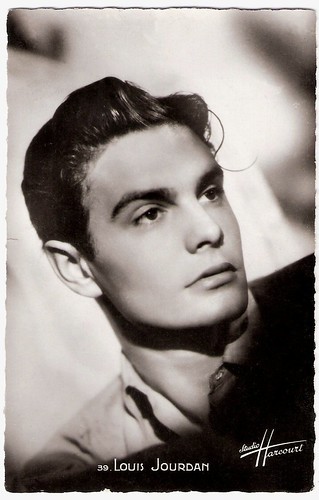
Louis Jourdan. French postcard by S.E.R.P., Paris, no. 39. Photo: Studio Harcourt.
Sources: Wikipedia, CITWF (Complete Index to World Film Since 1895) and IMDb. See also: http://www.theatre-imperial.com/. Thanks to Melanie Young (Msymsed@Flickr) for her research on Pierre Jourdan's date of birth!
